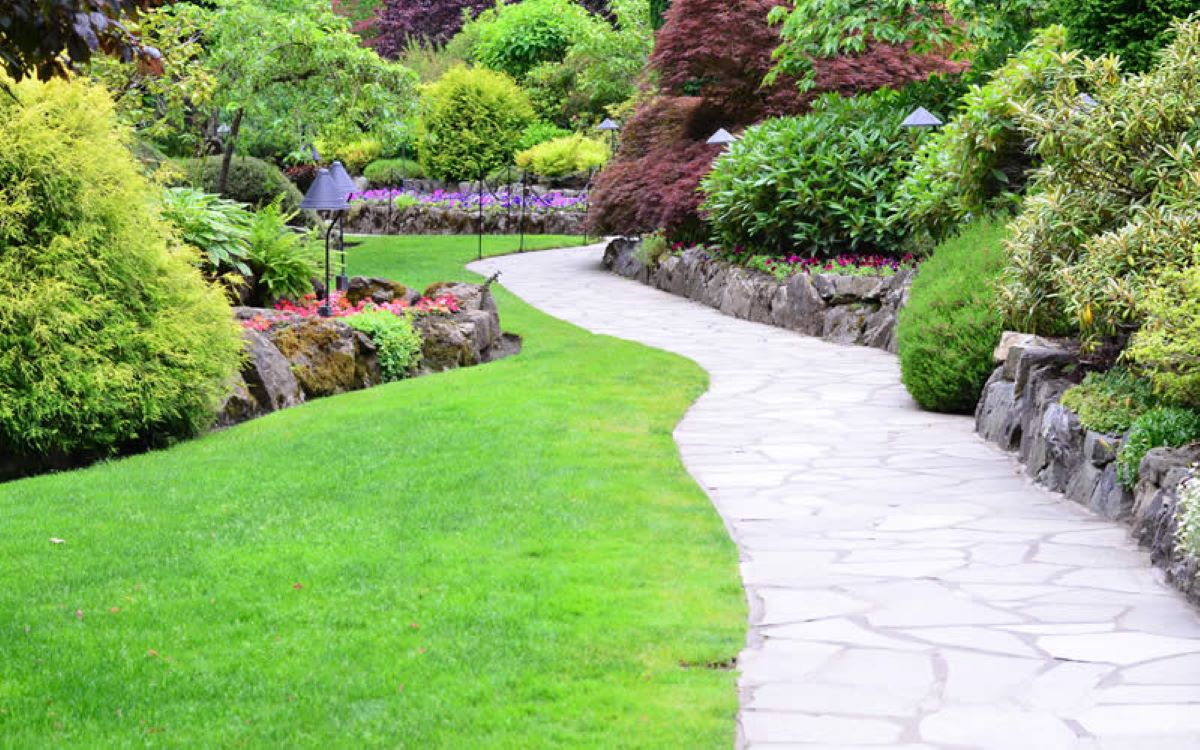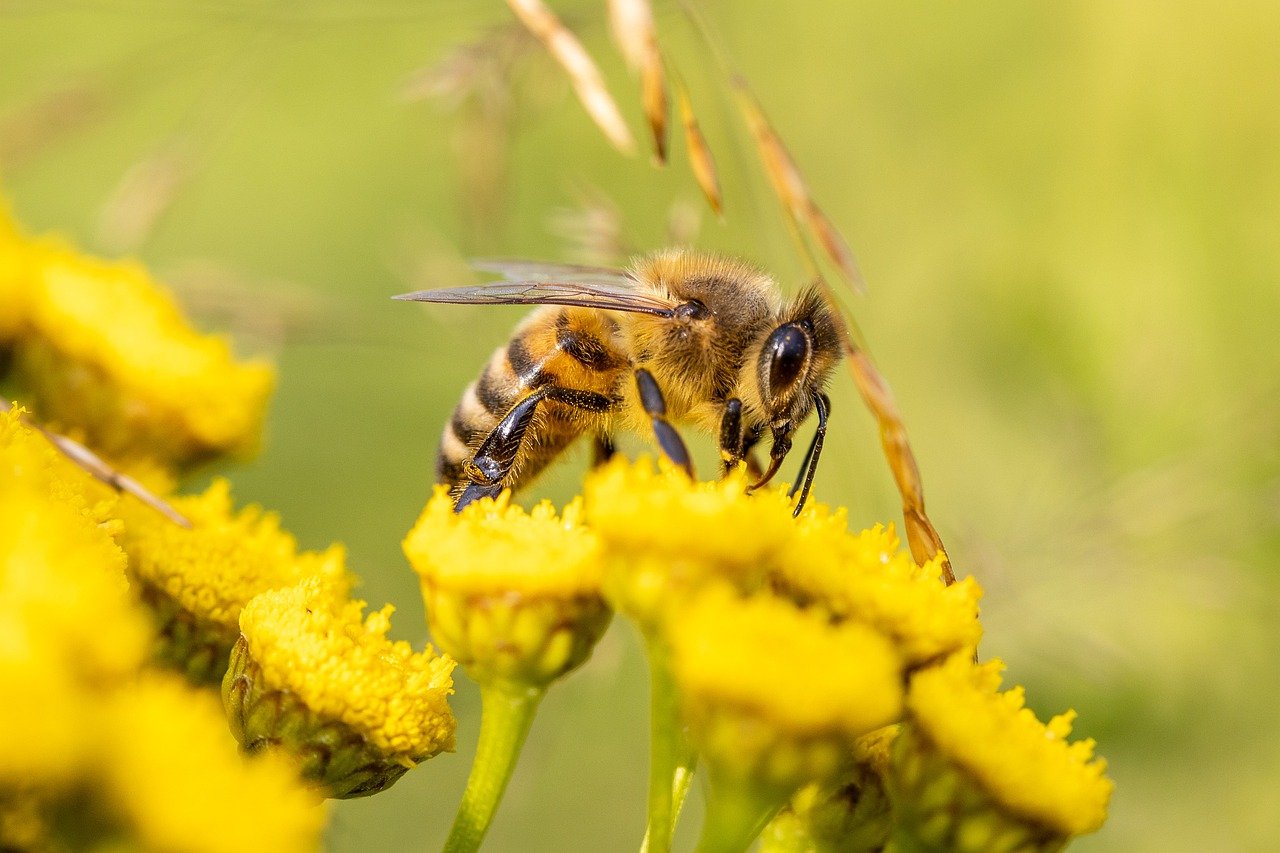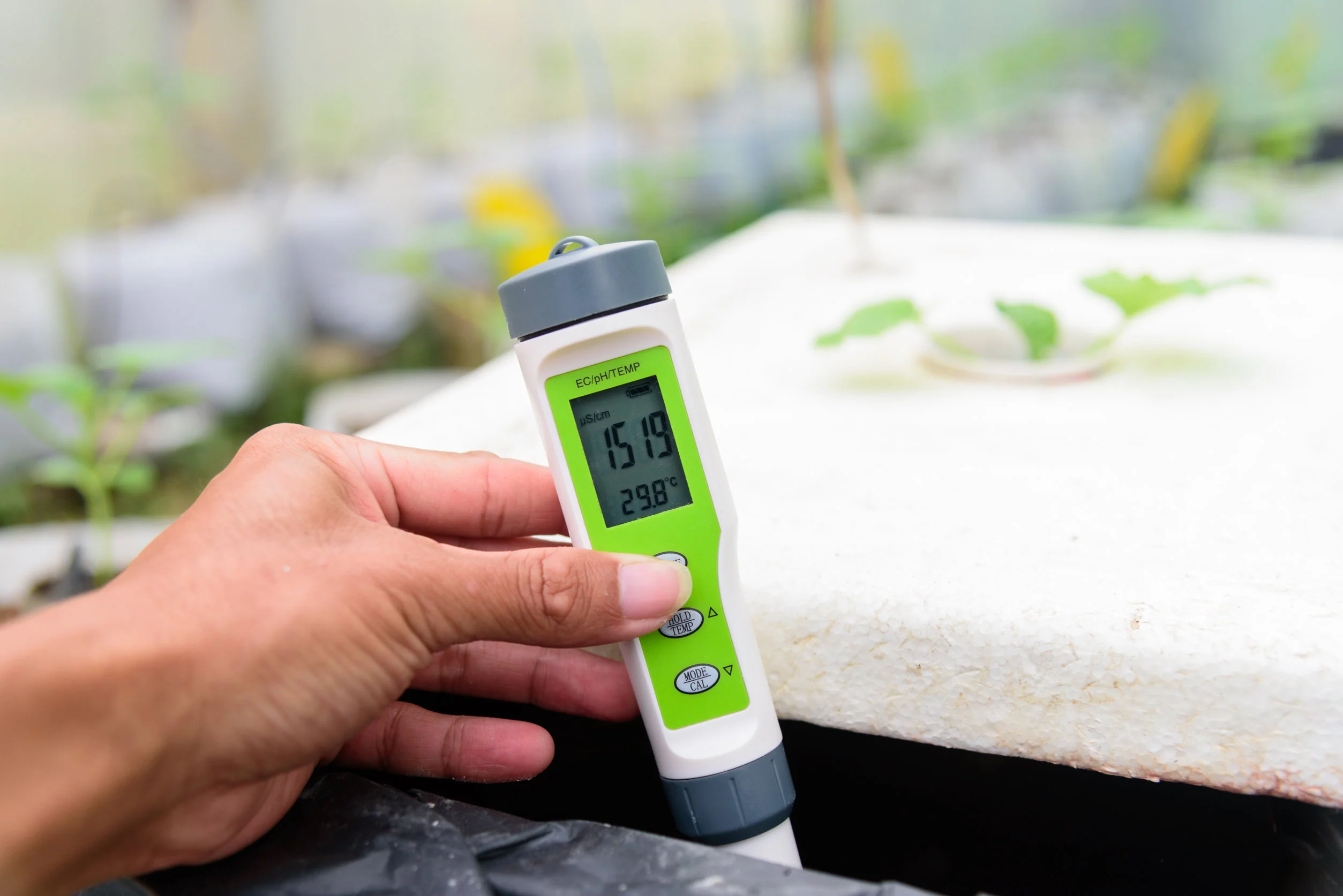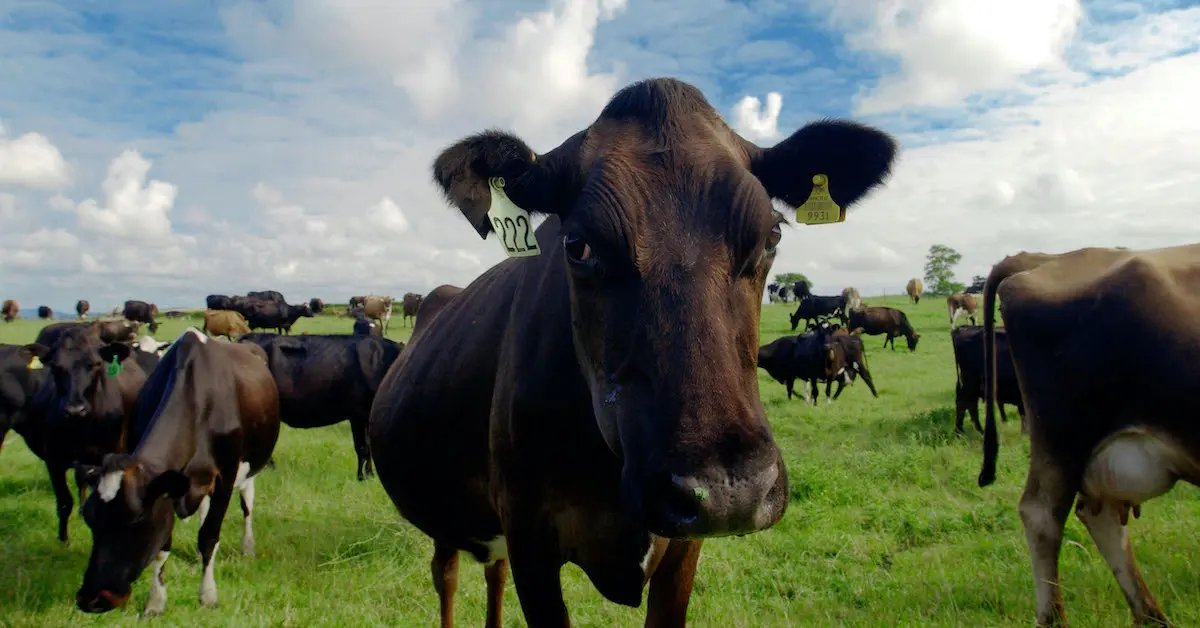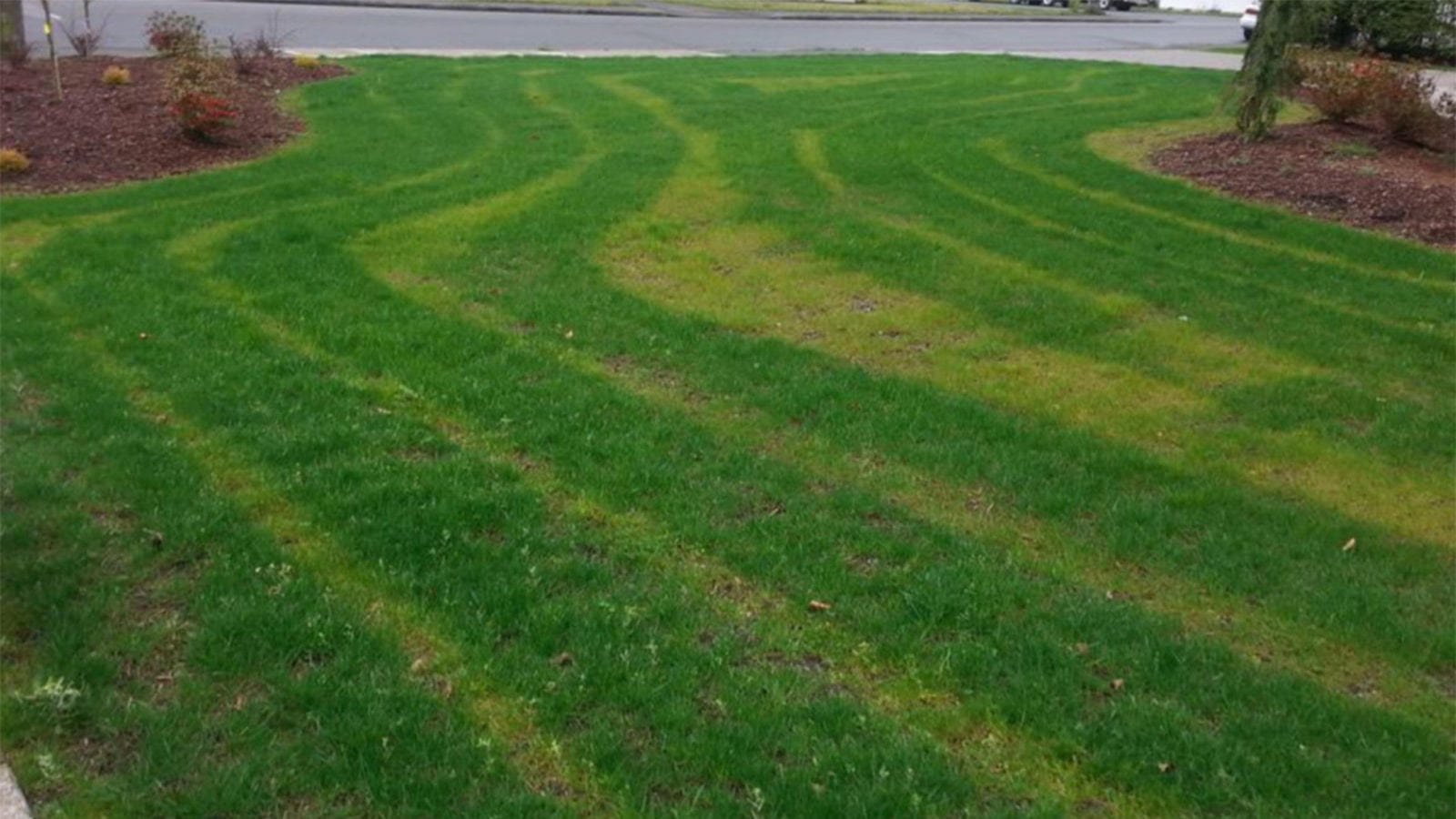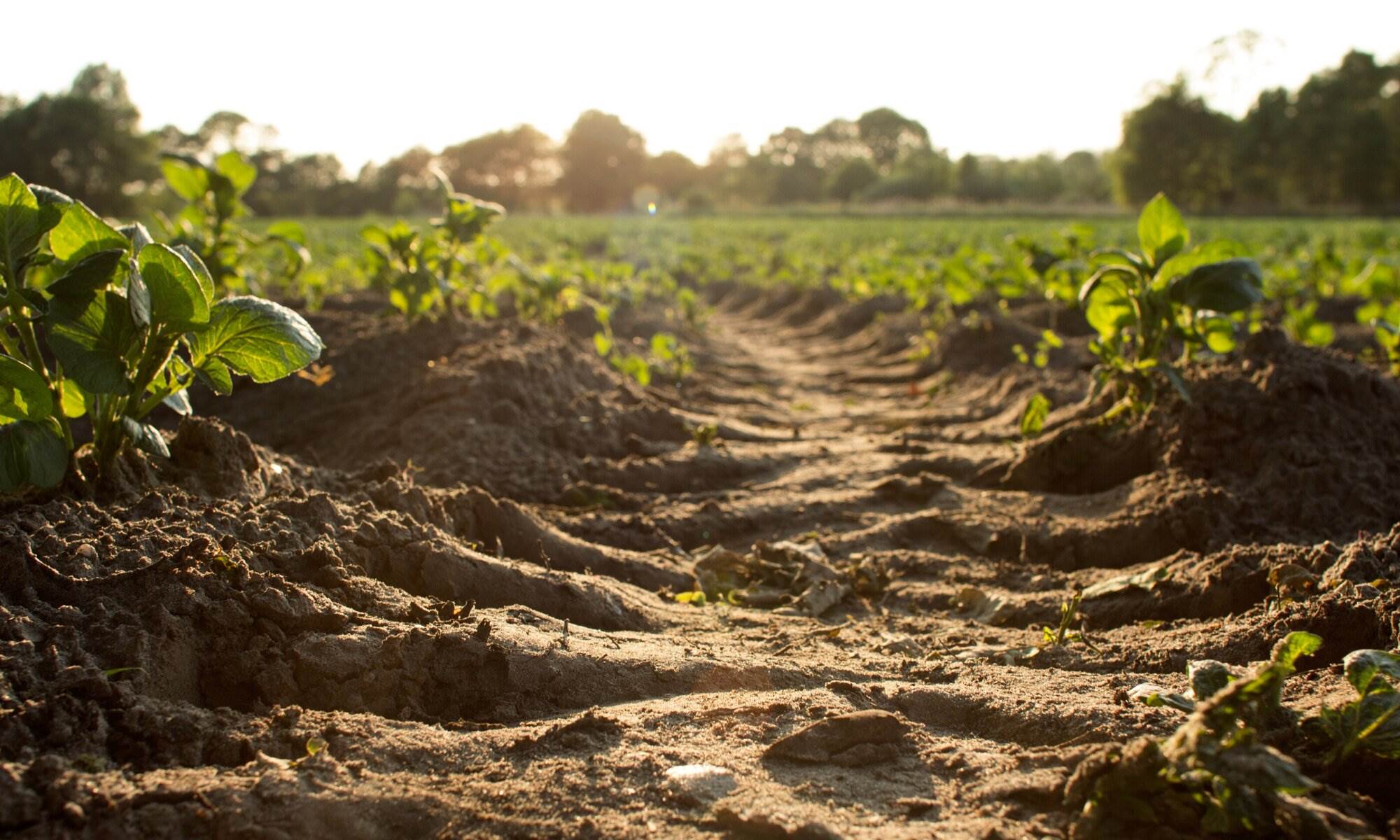Home>Gardening Basics>Understanding Soil>Why Is Soil Conservation Important


Understanding Soil
Why Is Soil Conservation Important
Published: February 12, 2024
Understanding soil and the importance of soil conservation. Learn how soil conservation practices benefit the environment and agriculture.
(Many of the links in this article redirect to a specific reviewed product. Your purchase of these products through affiliate links helps to generate commission for Chicagolandgardening.com, at no extra cost. Learn more)
Table of Contents
Introduction
Understanding the Importance of Soil Conservation
Soil, often referred to as the “skin of the Earth,” is a vital natural resource that sustains life on our planet. It serves as the foundation for agriculture, providing essential nutrients and support for plant growth. However, the significance of soil extends far beyond agriculture, as it plays a crucial role in various ecosystems and environmental processes.
Soil conservation is a fundamental practice aimed at protecting and preserving this invaluable resource. It involves implementing strategies to prevent soil degradation, erosion, and depletion, ensuring the long-term sustainability of our land and ecosystems. By safeguarding the integrity of the soil, we can maintain its fertility, structure, and ability to support diverse forms of life.
From preventing desertification to mitigating the impacts of climate change, soil conservation is integral to addressing a range of environmental challenges. In this article, we will delve into the significance of soil conservation, the detrimental effects of soil erosion, effective conservation methods, and the myriad benefits that stem from preserving our soil resources.
Importance of Soil Conservation
Soil conservation holds immense significance due to its multifaceted impact on the environment, agriculture, and the overall well-being of ecosystems. Here are several key reasons why soil conservation is crucial:
-
Preservation of Agricultural Productivity: Soil serves as the primary medium for cultivating crops and sustaining livestock. By conserving soil, we can maintain its fertility and structure, ensuring sustainable agricultural productivity for future generations.
-
Protection of Biodiversity: Healthy soil supports diverse flora and fauna, contributing to the preservation of ecosystems and the conservation of plant and animal species. Soil conservation efforts help safeguard the habitats of numerous organisms and maintain ecological balance.
-
Water Quality and Conservation: Soil acts as a natural filter, purifying water as it percolates through the earth. Conserved soil reduces the risk of water pollution and aids in replenishing groundwater reservoirs, thereby supporting water conservation efforts.
-
Climate Change Mitigation: Soil sequesters carbon and plays a pivotal role in regulating the Earth’s climate. By preventing soil erosion and degradation, we can mitigate the release of carbon into the atmosphere, contributing to climate change mitigation.
-
Prevention of Desertification: Soil conservation measures help combat desertification, preserving arable land and preventing the expansion of desert areas. This is crucial for sustaining agricultural productivity and ensuring food security in vulnerable regions.
These factors underscore the critical importance of soil conservation in maintaining the ecological balance, promoting sustainable agriculture, and preserving the overall health of our planet.
Impact of Soil Erosion
Soil erosion, a pervasive consequence of unsustainable land management practices and natural forces, exerts profound effects on the environment, agriculture, and human livelihoods. The repercussions of soil erosion are far-reaching, encompassing the following detrimental impacts:
-
Diminished Agricultural Productivity: Soil erosion strips away the fertile topsoil, which is essential for robust crop growth. As a result, agricultural yields decline, posing a threat to food security and the livelihoods of farming communities.
-
Water Pollution and Sedimentation: Eroded soil particles, laden with agricultural chemicals and pollutants, can contaminate water bodies. This leads to reduced water quality, increased sedimentation, and adverse effects on aquatic ecosystems.
-
Loss of Biodiversity: Soil erosion contributes to habitat degradation and loss, impacting the flora and fauna that depend on healthy soil ecosystems. This, in turn, disrupts ecological balance and diminishes biodiversity.
-
Increased Flooding and Landslides: The removal of protective vegetation and the destabilization of soil structure heighten the risk of flooding and landslides, particularly in hilly or sloped terrain. This endangers human settlements and infrastructure.
-
Carbon Release and Climate Impacts: Eroded soil releases stored carbon into the atmosphere, exacerbating greenhouse gas emissions and contributing to climate change. This further underscores the interconnectedness of soil erosion with global environmental challenges.
The far-reaching consequences of soil erosion necessitate urgent and concerted efforts to implement effective soil conservation practices and mitigate its detrimental effects on ecosystems, agriculture, and human well-being.
Methods of Soil Conservation
Various strategies and techniques have been developed to combat soil erosion and preserve the integrity of this vital resource. These methods are instrumental in promoting sustainable land use and mitigating the adverse effects of soil degradation. Some of the key methods of soil conservation include:
-
Contour Farming: By cultivating crops along the natural contours of the land, contour farming helps to reduce water runoff and soil erosion on sloped terrain. This method effectively retains soil moisture and minimizes the loss of topsoil.
-
Terracing: Terracing involves constructing level platforms on steep slopes, creating a series of steps that reduce water runoff and soil movement. This method is particularly effective in hilly regions, where it helps to stabilize the soil and prevent erosion.
-
Cover Cropping: Planting cover crops, such as legumes or grasses, between main crops provides ground cover and protects the soil from erosion. Cover crops help to enhance soil structure, reduce compaction, and minimize the impact of heavy rainfall.
-
Conservation Tillage: Conservation tillage practices, including no-till and reduced tillage, minimize soil disturbance and maintain crop residues on the field. This approach promotes soil conservation by preserving organic matter and reducing erosion.
-
Windbreaks and Shelterbelts: Planting trees, shrubs, or grass barriers along field edges helps to mitigate wind erosion by reducing the velocity of wind across the land. Windbreaks also provide habitat for beneficial wildlife and contribute to biodiversity conservation.
-
Soil Stabilization: Utilizing techniques such as mulching, geotextiles, and erosion control blankets helps to stabilize the soil surface and prevent erosion. These methods are particularly valuable in construction and landscaping projects.
These soil conservation methods, among others, play a pivotal role in safeguarding soil resources, promoting sustainable land management, and preserving the ecological balance of diverse ecosystems.
Benefits of Soil Conservation
The practice of soil conservation yields a multitude of far-reaching benefits that extend beyond the preservation of agricultural land. These advantages encompass ecological, economic, and societal dimensions, underscoring the pivotal role of soil conservation in fostering sustainable development and environmental resilience. Some of the key benefits of soil conservation include:
-
Sustainable Agriculture: Soil conservation enhances agricultural productivity by preserving soil fertility, promoting optimal moisture retention, and minimizing erosion. This contributes to sustainable food production and ensures the long-term viability of farming practices.
-
Environmental Preservation: Conserved soil serves as a critical component of healthy ecosystems, supporting diverse flora and fauna, maintaining water quality, and mitigating the impacts of climate change. Soil conservation contributes to biodiversity conservation and the protection of natural habitats.
-
Water Resource Management: By reducing soil erosion and runoff, soil conservation practices help to safeguard water quality, prevent sedimentation in water bodies, and maintain the integrity of aquatic ecosystems. This is essential for ensuring the availability of clean water for various uses.
-
Carbon Sequestration: Healthy soil plays a vital role in sequestering carbon, thereby mitigating greenhouse gas emissions and contributing to climate change mitigation efforts. Soil conservation supports carbon storage in terrestrial ecosystems, aiding in global climate resilience.
-
Erosion Control and Land Stability: Soil conservation measures minimize the risk of erosion, landslides, and soil degradation, thereby enhancing the stability of landscapes and protecting infrastructure. This is particularly crucial in safeguarding human settlements and agricultural areas.
-
Economic Resilience: Soil conservation fosters economic sustainability by preserving the productivity of agricultural land, reducing the need for costly soil restoration efforts, and supporting the livelihoods of rural communities dependent on farming and natural resources.
These multifaceted benefits underscore the critical importance of soil conservation in promoting environmental health, sustainable land management, and the well-being of present and future generations.
Conclusion
The preservation of soil through effective conservation measures is undeniably paramount in addressing a myriad of environmental, agricultural, and societal challenges. Soil, as a finite and indispensable resource, underpins the foundation of life on Earth, making its conservation a matter of utmost significance. By recognizing the interconnectedness of soil health with ecological balance, food security, and climate resilience, we can appreciate the profound implications of soil conservation.
From combatting soil erosion to fostering sustainable agriculture and safeguarding natural ecosystems, the benefits of soil conservation reverberate across diverse spheres, shaping the well-being of both human and non-human communities. The implementation of soil conservation practices not only mitigates the adverse impacts of soil degradation but also contributes to the broader goals of environmental sustainability and resource stewardship.
As we navigate the complexities of a rapidly changing world, the imperative to prioritize soil conservation becomes increasingly evident. By embracing innovative techniques, promoting responsible land management, and advocating for policies that prioritize soil health, we can collectively strive towards a more resilient and sustainable future. It is through these concerted efforts that we can uphold the integrity of our soil, nurture thriving ecosystems, and secure the well-being of present and future generations.
Ultimately, the enduring legacy of soil conservation lies in its capacity to foster harmony between human activities and the natural environment, laying the groundwork for a more resilient, bountiful, and balanced planet.
